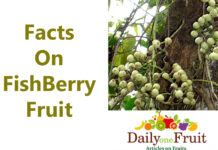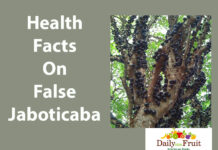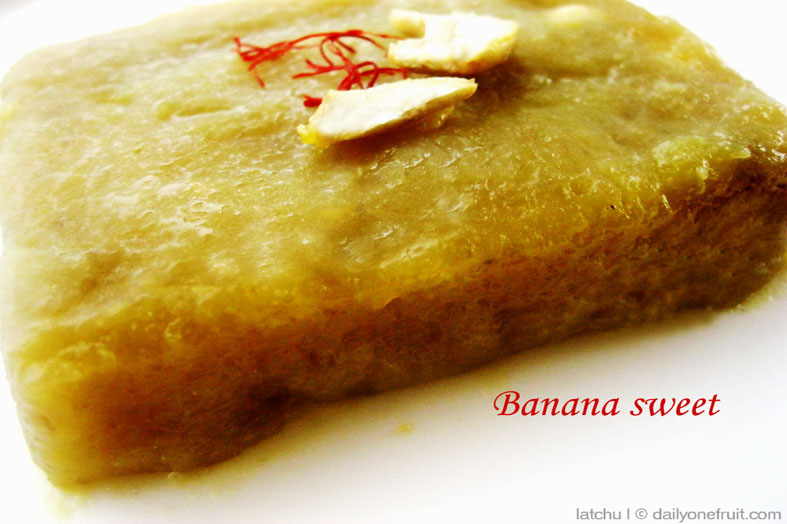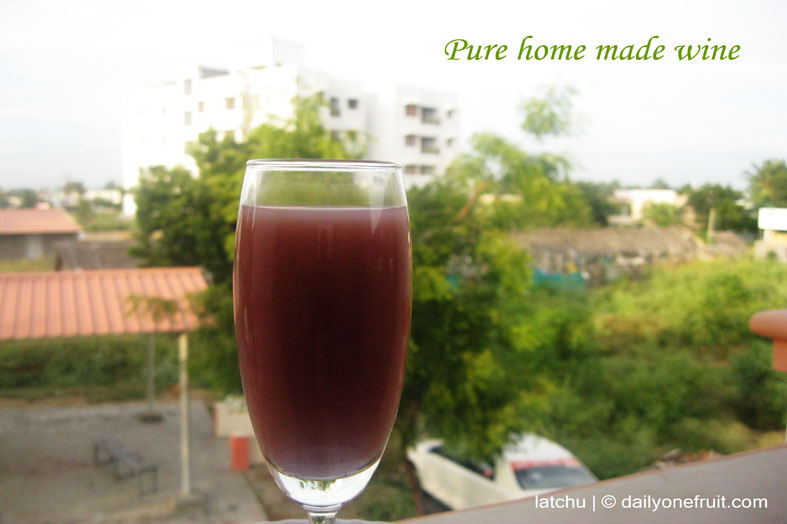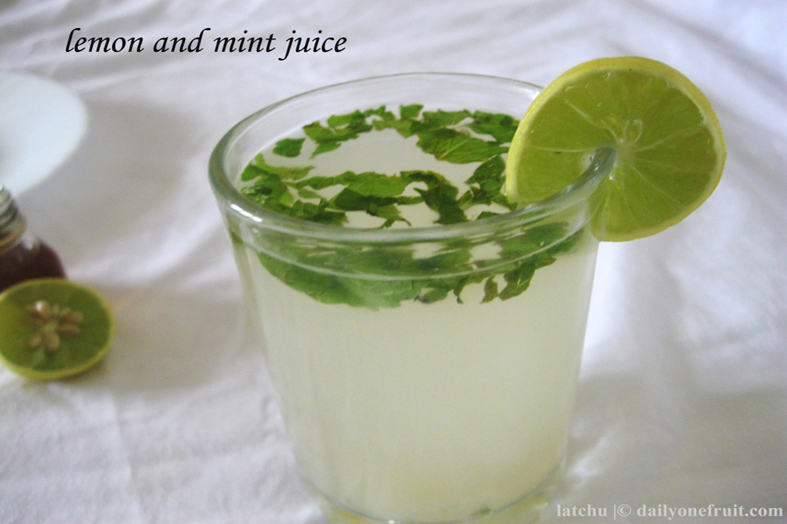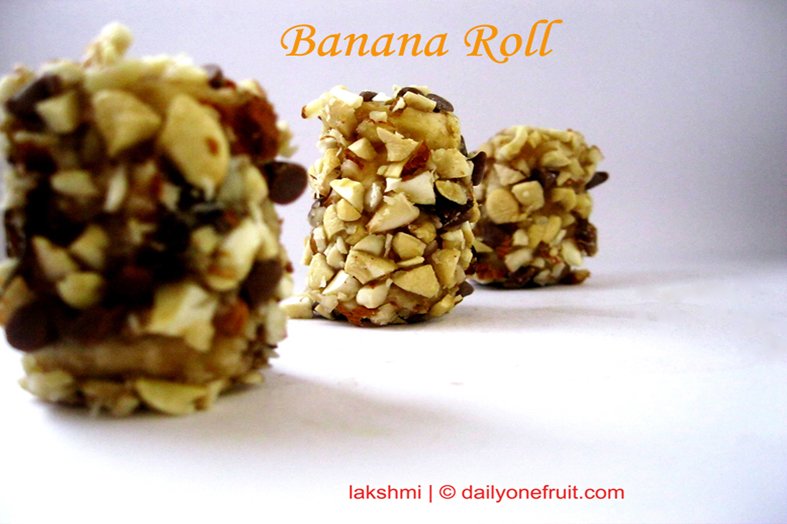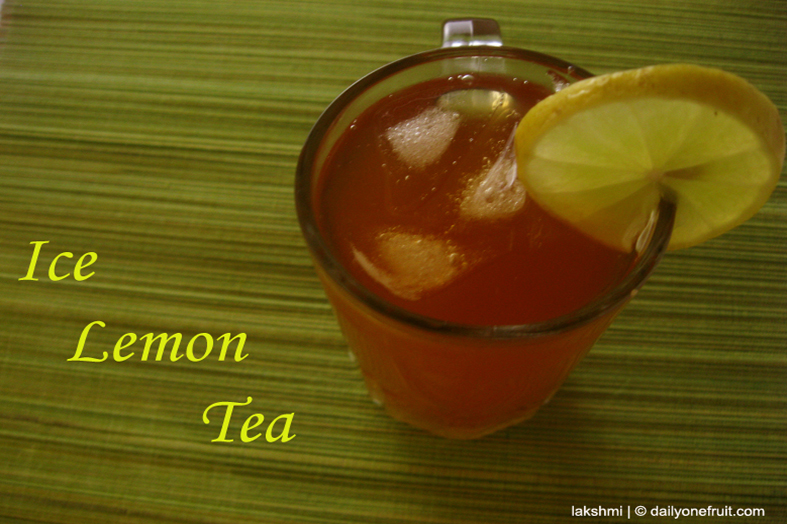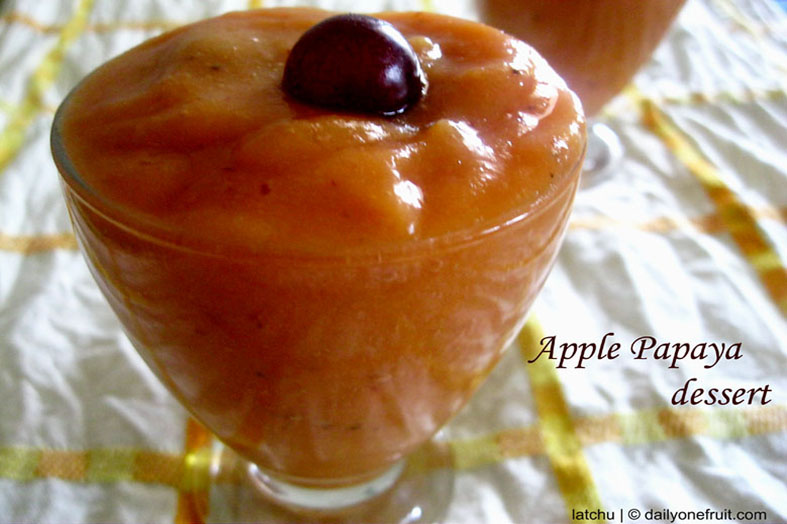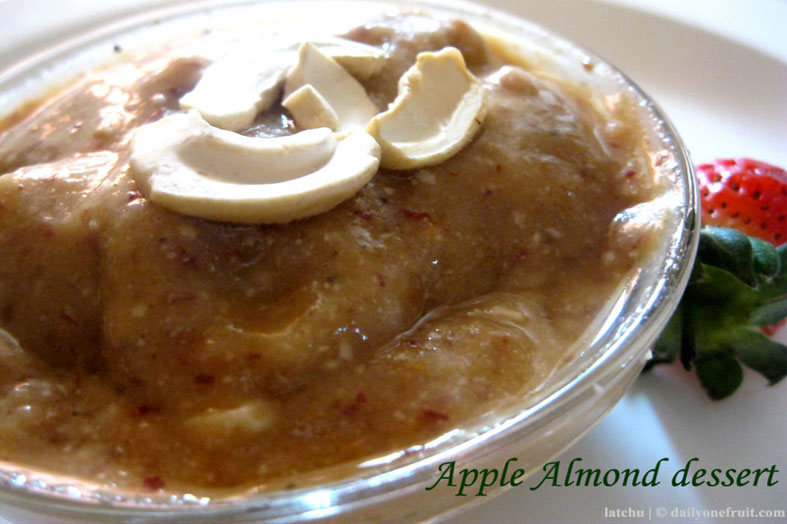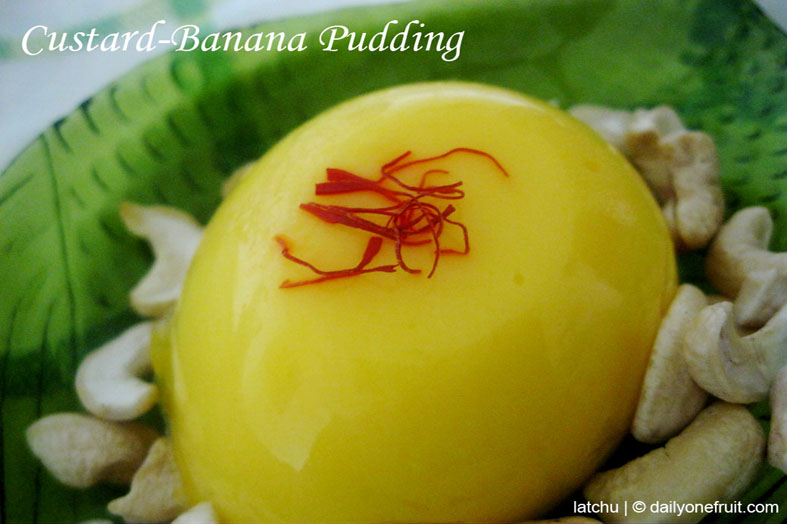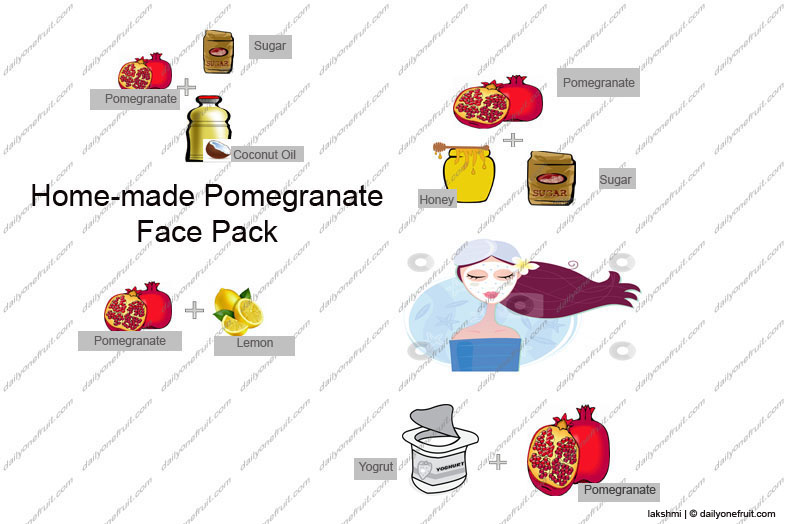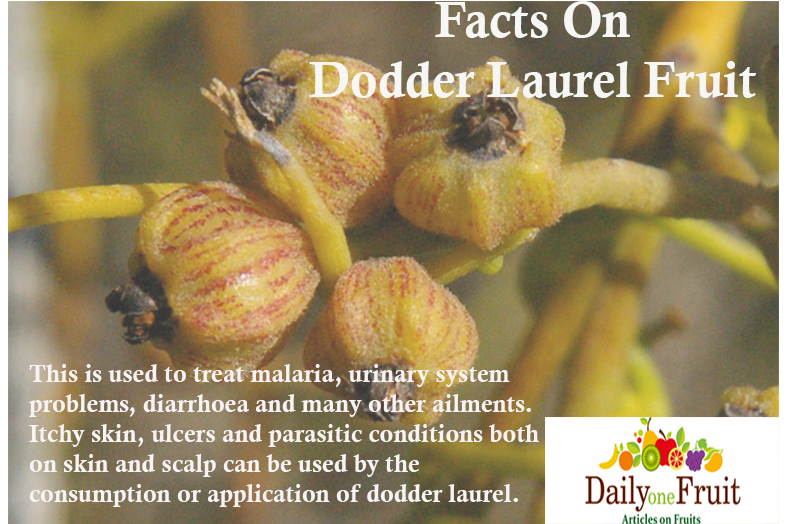
Facts On Dodder Laurel Fruit
Dodder laurel is scientifically called as Cassytha melantha.
ORIGIN OF DODDER LAUREL FRUIT
Cassytha is a genus of some two dozen species of obligately parasitic vines in the family Lauraceae.
The species occurs in the states of Western Australia, South Australia, Tasmania, Victoria and New South Wales in Australia.
OTHER NAMES OF DODDER LAUREL FRUIT
Chemar Hantu, Doddler-Laurel, Seashore Dodder, Woe Vine, Cemar Batu, Rambut Puteri, Tali Puteri, 无根藤,Devil’s twine, Tangled dodder-laurel, slender dodder laurel .
APPEARANCE OF DODDER LAUREL FRUIT
The fruits are about 10–15 millimetres (0.39–0.59 in) in diameter and are green, drying to black.
The fruit is an oval shaped one that camouflages between the stem of the climber when it turns ripe.
They ripen during the early days of dry season and become quite an attraction for many birds like Honeyeaters, Mistletoe birds and Silvereyes to feed on.
Facts On Dodder Laurel Fruit
- This Dodder laurel plant also gets the name love vine because it contains aphrodisiac property.
- The Dodder laurel plant leaves are distinctive and are not full-fledged leaves themselves.
- The flowers are more like spikes borne in solitary confinement.
- Each flower has about 6 petals each 0.1 -2.0 mm long. These flowers then become fruits of 7mm in diameter.
- Dodder laurel has been known for its medicinal properties and is also incorporated as a key ingredient in preparation of many traditional medicines.
- Dodder laurel is used as an astringent and is also known for its diuretic properties.
It helps in smoother digestions and fastens the metabolic system in the body. - This is used to treat malaria, urinary system problems, diarrhoea and many other ailments.
- Itchy skin, ulcers and parasitic conditions both on skin and scalp can be used by the consumption or application of dodder laurel.
- Apart from the medicinal properties, this plant is also used for making paper.











